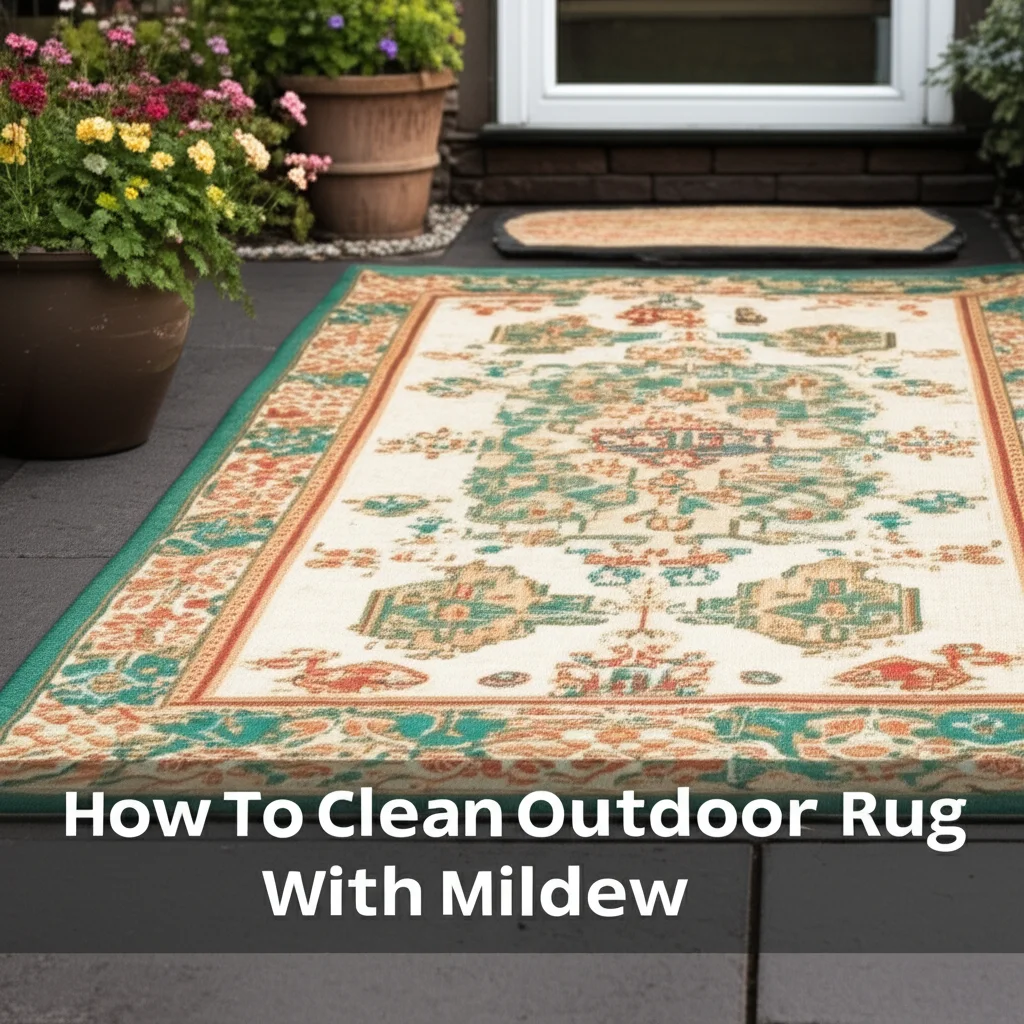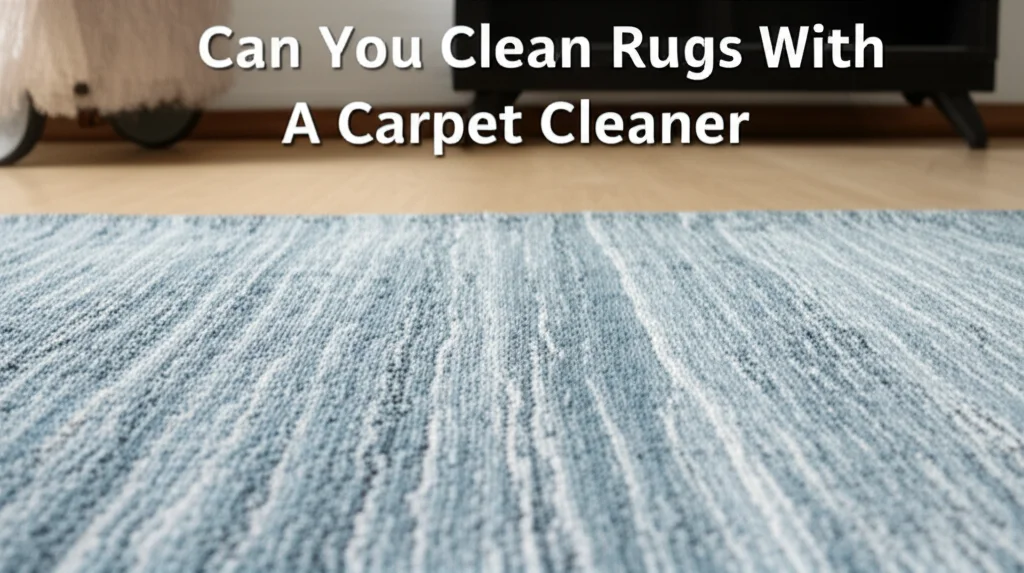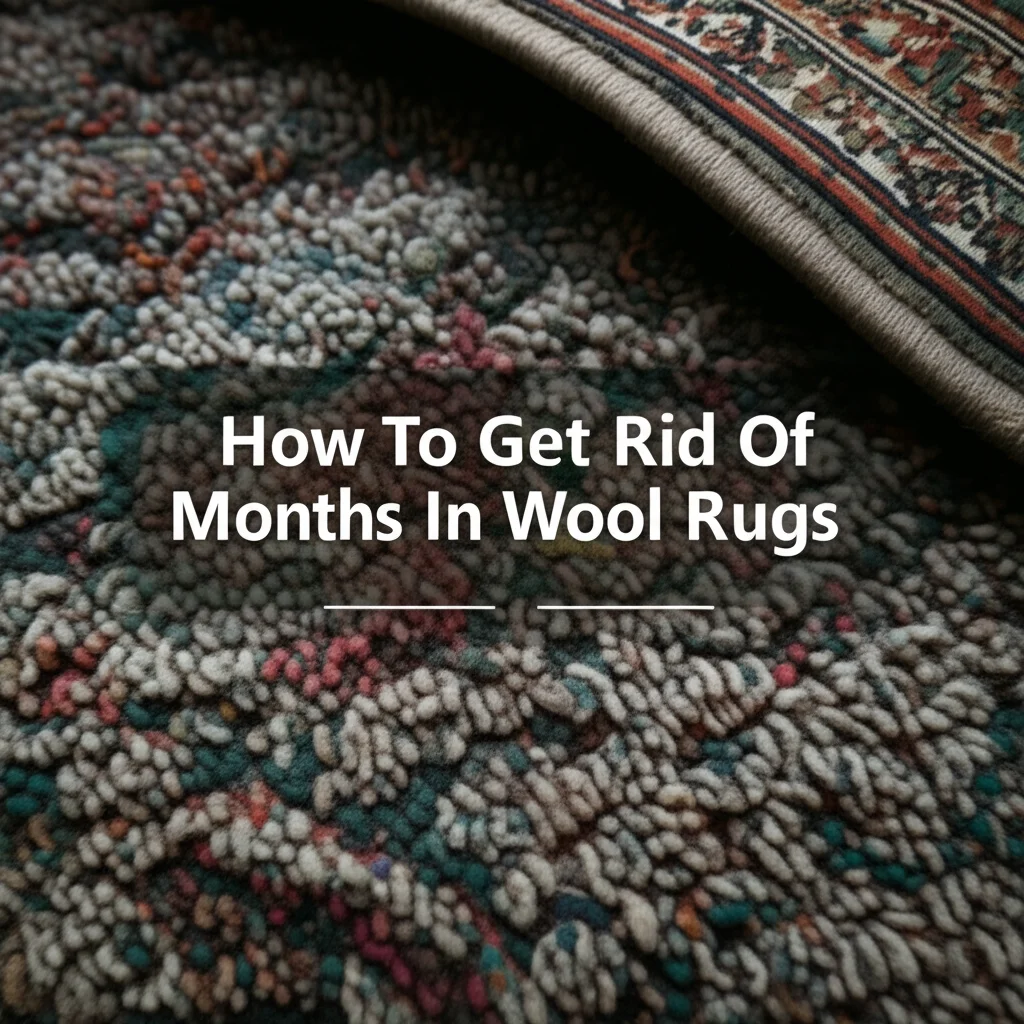· Todd Martin · Outdoor · 10 min read
How To Clean Outdoor Rug With Mildew

How to Clean Outdoor Rug with Mildew: Complete Guide for Fresh Results
Outdoor rugs add comfort and style to your patio or deck, but they’re constantly exposed to the elements. When moisture lingers, unsightly mildew can develop, leaving your beautiful outdoor rug smelly and stained.
Knowing how to clean outdoor rug with mildew effectively is essential for maintaining your outdoor living space. This comprehensive guide will walk you through proven methods to eliminate mildew and restore your outdoor rug to its former glory.
Key Takeaways
- Act quickly when you spot mildew to prevent permanent damage
- Use vinegar, baking soda, or specialized cleaners to kill mildew spores
- Thoroughly dry your rug in direct sunlight to prevent mildew from returning
- Implement preventative measures to avoid future mildew problems
- Different cleaning methods work better for different rug materials and situations
What Causes Mildew on Outdoor Rugs?
Mildew thrives in damp, warm conditions with poor air circulation—precisely the environment many outdoor rugs experience. When your outdoor rug remains wet for extended periods, especially in humid weather, mildew spores can quickly multiply. Understanding these causes helps prevent recurrence after cleaning.
Common causes of mildew on outdoor rugs include:
- Prolonged exposure to rain or sprinkler water
- High humidity levels
- Placement in shaded areas with limited airflow
- Spills that aren’t properly dried
- Improper storage during off-seasons
Mildew not only looks unsightly with its gray or white patches, but it also produces that distinctive musty odor. If left untreated, mildew can permanently damage your rug fibers and potentially cause respiratory issues for those with allergies or asthma.
Essential Supplies for Cleaning Mildew from Outdoor Rugs
Before tackling mildew on your outdoor rug, gather these supplies for effective cleaning:
- Soft-bristled brush or broom
- Garden hose with spray nozzle
- White vinegar
- Baking soda
- Mild dish soap or specialized outdoor rug cleaner
- Bucket
- Clean towels or microfiber cloths
- Rubber gloves
- Protective mask (optional, but recommended for those with respiratory sensitivities)
For stubborn mildew, you might also need:
- Hydrogen peroxide (3%)
- OxiClean or similar oxygen bleach product
- Pressure washer (for certain rug types)
Having these supplies ready will make the cleaning process more efficient and effective, allowing you to address the mildew problem thoroughly.
How to Clean Outdoor Rug with Mildew: Step-by-Step Guide
Follow this comprehensive process to eliminate mildew from your outdoor rug and restore its appearance and freshness:
1. Prepare Your Rug for Cleaning
Start by taking your rug to an open area where you can work comfortably. A driveway, patio, or other flat surface works well.
- Shake or beat the rug vigorously to remove loose dirt and debris
- Vacuum both sides if possible (using a vacuum suitable for outdoor use)
- Use a soft brush to gently remove surface mildew
- Check the manufacturer’s tag for specific cleaning instructions
Remember to wear gloves throughout this process to protect your skin from mildew spores and cleaning solutions.
2. Apply a Mildew-Killing Solution
Vinegar is one of the most effective natural remedies for killing mildew. Create a cleaning solution by mixing equal parts white vinegar and warm water in a bucket. For severe mildew problems, you can use undiluted vinegar.
- Test the solution on an inconspicuous area of the rug first
- Apply the vinegar solution directly to the mildewed areas
- Let it sit for 30-60 minutes to kill the mildew spores
- For stubborn mildew, create a paste with baking soda and water and apply it to the affected areas
Alternatively, you can use a commercial outdoor rug cleaner specifically formulated for mildew. Always follow the manufacturer’s instructions when using these products.
3. Scrub the Affected Areas
Once the cleaning solution has had time to work:
- Use a soft-bristled brush to gently scrub the mildewed areas
- Work in a circular motion, moving from the outer edges toward the center
- Pay extra attention to heavily stained or mildewed areas
- Avoid scrubbing too aggressively to prevent damage to the rug fibers
For particularly stubborn mildew stains, you might need to repeat the application of cleaning solution and scrubbing process.
4. Rinse Thoroughly
After scrubbing, it’s essential to remove all traces of cleaning solution:
- Use a garden hose with a spray nozzle to thoroughly rinse the rug
- Ensure water runs clear with no soap bubbles
- Continue rinsing until all cleaning solutions are removed
- Pay special attention to areas that had heavy mildew growth
Incomplete rinsing can leave residue that attracts dirt and may contribute to future mildew growth.
5. Remove Excess Water and Dry Completely
Proper drying is crucial to prevent mildew from returning:
- Press clean towels onto the rug to absorb excess water
- Roll the rug with towels inside to squeeze out more moisture
- Lay the rug flat in direct sunlight, if possible
- Flip the rug halfway through drying to ensure both sides dry evenly
Complete drying may take 24-48 hours depending on humidity and weather conditions. Ensure the rug is 100% dry before returning it to its place.
How to Clean Outdoor Rug with a Pressure Washer
For heavily soiled or mildewed outdoor rugs, a pressure washer can be an effective cleaning tool—but it must be used carefully to avoid damaging the rug.
When to Use a Pressure Washer
Pressure washing works well for:
- Synthetic outdoor rugs (polypropylene, nylon, polyester)
- Heavily soiled rugs with stubborn mildew
- Large outdoor rugs that are difficult to clean manually
However, avoid pressure washing:
- Natural fiber rugs (jute, sisal, bamboo)
- Rugs with fringe or delicate details
- Thin or lightweight rugs that could tear under pressure
Pressure Washing Process
- Place the rug on a concrete surface that can get wet
- Apply a mildew-killing cleaner or mild detergent solution
- Let the cleaner sit for 10-15 minutes
- Use the pressure washer on a low to medium setting (1200-1800 PSI)
- Keep the nozzle at least 12 inches from the rug surface
- Work in the direction of the rug fibers
- Rinse thoroughly until water runs clear
- Allow to dry completely in the sun
Using a pressure washer can significantly reduce cleaning time, but always use proper technique to avoid damaging your outdoor rug.
How to Clean Outdoor Rug Without Pressure Washer
If you don’t have access to a pressure washer or your rug isn’t suitable for pressure washing, these alternative methods work well:
Vinegar and Baking Soda Method
This powerful combination helps eliminate both mildew and odors:
- Vacuum or shake out loose debris
- Spray the rug thoroughly with white vinegar
- Sprinkle baking soda generously over the entire surface
- Allow the combination to fizz and work for 1-2 hours
- Scrub gently with a soft brush
- Rinse thoroughly with a garden hose
- Dry completely in direct sunlight
OxiClean Treatment for Stubborn Mildew
OxiClean works effectively on synthetic outdoor rugs and offers powerful mildew-fighting capabilities:
- Prepare an OxiClean solution according to package directions
- Apply to the mildewed areas or the entire rug
- Let sit for 15-30 minutes (don’t allow to dry completely)
- Scrub gently with a brush
- Rinse thoroughly
- Dry completely
Dish Soap Method for Gentle Cleaning
For less severe mildew or regular maintenance:
- Mix 1-2 tablespoons of mild dish soap in a bucket of warm water
- Apply the solution with a soft brush or sponge
- Work in small sections, gently scrubbing
- Rinse thoroughly with clean water
- Dry completely
These methods are gentler than pressure washing but still effective for removing mildew from outdoor rugs.
How to Clean Outdoor Carpet on Concrete
Outdoor carpet installed on concrete presents unique cleaning challenges since it’s not easily removed for cleaning. Here’s how to tackle mildew on these permanently installed outdoor carpets:
- Remove all furniture and objects from the carpeted area
- Sweep or vacuum thoroughly to remove loose debris
- For mild mildew:
- Spray with equal parts vinegar and water
- Let sit for 30 minutes
- Scrub with a stiff brush
- Blot with clean towels to remove excess moisture
- For stubborn mildew:
- Mix 1 cup hydrogen peroxide with 2 cups water
- Apply to affected areas
- Let sit for 30 minutes
- Scrub thoroughly
- Rinse by blotting with clean water
- Use fans or dehumidifiers to speed drying
The key challenge with cleaning outdoor carpet on concrete is ensuring it dries completely to prevent mildew from returning. Use fans, dehumidifiers, or choose a sunny, low-humidity day for cleaning.
If the carpet has significant mildew damage that cannot be removed, it may be time to consider replacing your outdoor carpet.
Preventative Measures to Keep Mildew Away
Once you’ve successfully cleaned mildew from your outdoor rug, take these steps to prevent its return:
Regular Maintenance
- Shake or vacuum your outdoor rug weekly
- Clean spills immediately to prevent moisture buildup
- Perform deep cleaning every 3-6 months
Proper Positioning
- Place rugs in areas that receive some direct sunlight
- Ensure adequate air circulation around and under the rug
- Use rug pads to elevate the rug slightly from the ground
- Consider temporarily moving rugs during extended rainy periods
Seasonal Care
Store outdoor rugs properly during off-seasons
- Ensure rugs are completely dry before storage
- Roll (don’t fold) rugs with the top side facing out
- Wrap in breathable fabric, not plastic
- Store in a dry, climate-controlled space
Apply a fabric protector designed for outdoor use
- Test on an inconspicuous area first
- Reapply according to manufacturer’s recommendations
Taking these preventative measures will extend the life of your outdoor rug and minimize the need for mildew treatments.
Best Cleaning Products for Different Outdoor Rug Materials
Different rug materials require specific cleaning approaches to effectively remove mildew without causing damage:
Synthetic Materials (Polypropylene, Nylon, Polyester)
These are the most common materials for outdoor rugs due to their durability and water resistance:
- Can withstand stronger cleaning solutions
- Suitable for pressure washing on low settings
- Can be cleaned with OxiClean, vinegar, or commercial rug cleaners
- Dry relatively quickly
Natural Fibers (Jute, Sisal, Bamboo)
Natural fiber rugs require more gentle treatment:
- Use mild soap solutions only
- Avoid soaking—use as little water as possible
- Never pressure wash
- Dry immediately and thoroughly
- May require professional cleaning for serious mildew
Recycled Plastic and PET Material Rugs
These eco-friendly options are highly durable:
- Can be cleaned with standard methods
- Resistant to mildew but not immune
- Can typically handle stronger cleaning solutions
- Dry quickly in sunlight
Always check the manufacturer’s recommendations before applying any cleaning solution to your specific rug material.
FAQ: Common Questions About Cleaning Mildewed Outdoor Rugs
How do you get mildew out of an outdoor rug?
To remove mildew from an outdoor rug, first brush off loose spores, then apply a solution of equal parts white vinegar and water or a specialized outdoor rug cleaner. Let it sit for 30-60 minutes, scrub gently with a soft brush, rinse thoroughly, and dry completely in direct sunlight. For stubborn cases, oxygen bleach products like OxiClean can be effective on synthetic rugs.
How do you get mildew out of a rug?
For indoor rugs with mildew, first take the rug outdoors and brush off visible mildew. Create a solution of one part hydrogen peroxide to two parts water, apply to affected areas, and blot (don’t rub). Allow to air dry completely, preferably in sunlight. For valuable or antique rugs, consult a professional cleaner as DIY methods may cause damage.
How long does it take for an outdoor rug to dry?
Drying time for outdoor rugs varies based on material, thickness, humidity, and temperature. In direct sunlight with good air circulation, synthetic outdoor rugs typically dry in 4-8 hours. Thicker rugs or those made of natural fibers may take 24-48 hours to dry completely. Always ensure rugs are 100% dry before placing them back in their location.
How do you wash a rug with a rubber back?
To clean a rubber-backed outdoor rug with mildew, avoid soaking it completely. Instead, spot clean with a mild soap solution and soft brush, rinse carefully, and remove excess water with towels. Dry the rug face-up first, then flip to allow the rubber backing to dry completely. Never use hot water or bleach, as these can damage the rubber backing.
Can I use bleach to remove mildew from my outdoor rug?
While chlorine bleach kills mildew effectively, it’s not recommended for most outdoor rugs as it can damage fibers and cause discoloration. Instead, use oxygen bleach (like OxiClean) which is safer for most rug materials, especially colored ones. Always test any cleaner on an inconspicuous area first and never use bleach on natural fiber rugs.
Final Words
Maintaining a clean, mildew-free outdoor rug enhances both the appearance and longevity of your outdoor living space. By following the steps outlined in this guide on how to clean outdoor rug with mildew, you can effectively eliminate unsightly mildew and prevent its return. Regular maintenance, proper positioning, and prompt attention to spills or dampness will keep your outdoor rug looking fresh and inviting for years to come.
Remember that different rug materials require specific cleaning approaches, so always check manufacturer recommendations before applying any cleaning solution. With the right care and cleaning techniques, your outdoor rug will continue to add comfort and style to your outdoor spaces through many seasons.
Looking for more tips on outdoor rug care? Explore our guides on how to keep an outdoor rug from blowing away and how to keep outdoor carpet from molding for comprehensive outdoor rug maintenance.




